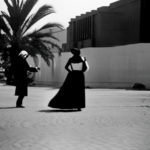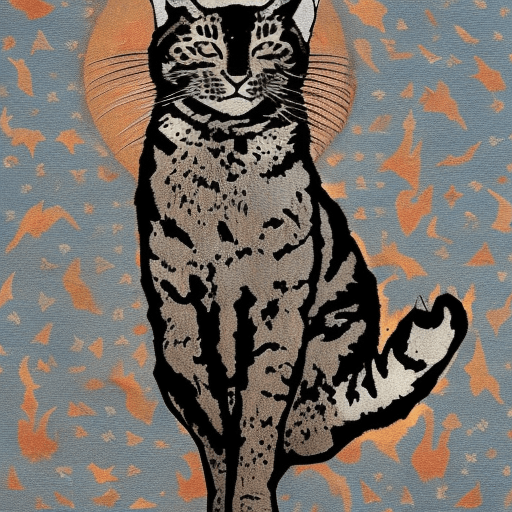Cat on a Hot Tin Roof (1958) – A Struggle for Truth and Acceptance
Main Cast and Crew:
- Director: Richard Brooks
- Writer: Richard Brooks (screenplay), Tennessee Williams (play)
- Key Actors: Elizabeth Taylor as Maggie Pollitt, Paul Newman as Brick Pollitt, Burl Ives as Big Daddy Pollitt, Judith Anderson as Big Mama Pollitt
- Music Director: Charles Wolcott
- Director of Photography: William H. Daniels
- Producers: Lawrence Weingarten
In “Cat on a Hot Tin Roof,” based on Tennessee Williams’ play, the Pollitt family gathers at their Mississippi plantation to celebrate the birthday of patriarch Big Daddy Pollitt. However, beneath the facade of a happy family lies a web of deceit, unfulfilled desires, and a desperate struggle for truth and acceptance.
The film revolves around the troubled relationship between Brick Pollitt (Paul Newman), a former football star turned alcoholic, and his wife Maggie (Elizabeth Taylor). Brick’s emotional detachment and refusal to be intimate with Maggie strain their marriage. Maggie, determined to win back Brick’s love and secure her place in the family’s inheritance, fights against the manipulative tactics of her brother-in-law and sister-in-law.
As the family gathers, tensions rise when Big Daddy (Burl Ives) reveals he is dying of cancer. Brick’s brother, Gooper (Jack Carson), and his wife, Mae (Madeleine Sherwood), scheme to secure their share of the inheritance by presenting themselves as the ideal heirs. However, Maggie sees through their facade and confronts them, revealing their true intentions.
The central themes of “Cat on a Hot Tin Roof” revolve around the struggle for truth and acceptance. Brick battles with his own identity and sexuality, unable to come to terms with his desires. Maggie fights for her place in the family and her husband’s love, refusing to be pushed aside. The film explores the destructive power of lies and the consequences of denying one’s true self.
Upon its release, “Cat on a Hot Tin Roof” received critical acclaim for its powerful performances and intense emotional drama. Elizabeth Taylor’s portrayal of Maggie earned her an Academy Award nomination for Best Actress, while Burl Ives won the Academy Award for Best Supporting Actor for his role as Big Daddy. The film was also nominated for Best Picture, Best Director, and Best Adapted Screenplay.
The legacy of “Cat on a Hot Tin Roof” in cinema is significant. It remains one of Tennessee Williams’ most celebrated works, capturing the essence of his themes and characters. The film’s exploration of sexuality, family dynamics, and the search for truth continues to resonate with audiences today.
For potential viewers, “Cat on a Hot Tin Roof” offers a compelling and emotionally charged experience. The stellar performances, particularly by Elizabeth Taylor and Paul Newman, bring the complex characters to life. The film’s exploration of themes such as identity, desire, and the struggle for acceptance make it a timeless classic.
Memorable Quote:
“I’m not living with you. We occupy the same cage, that’s all.” – Maggie Pollitt












